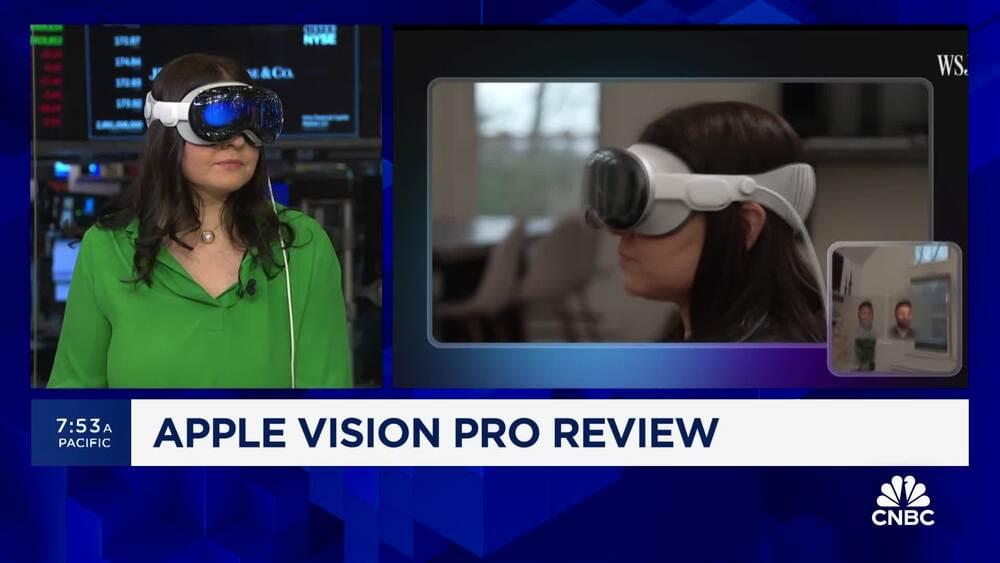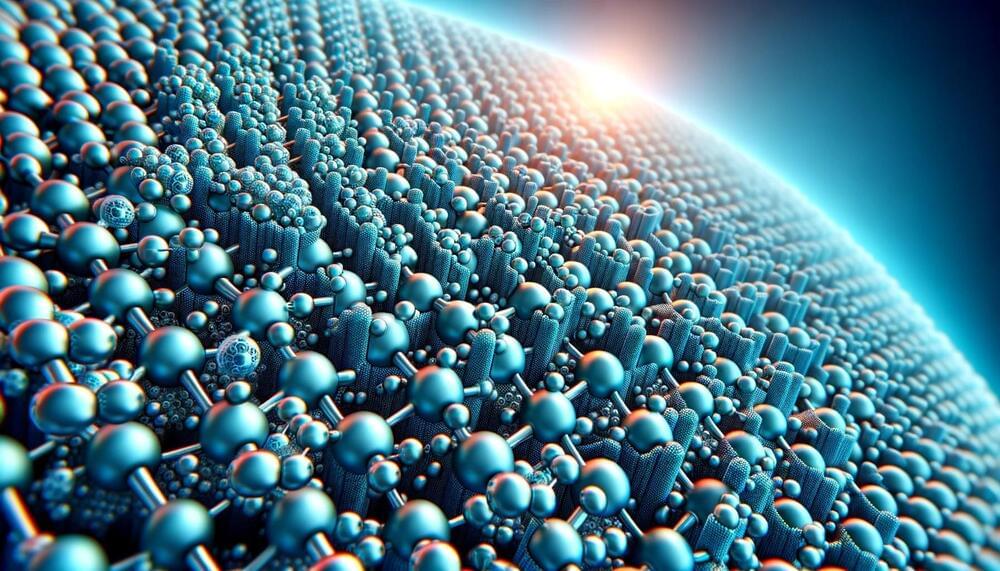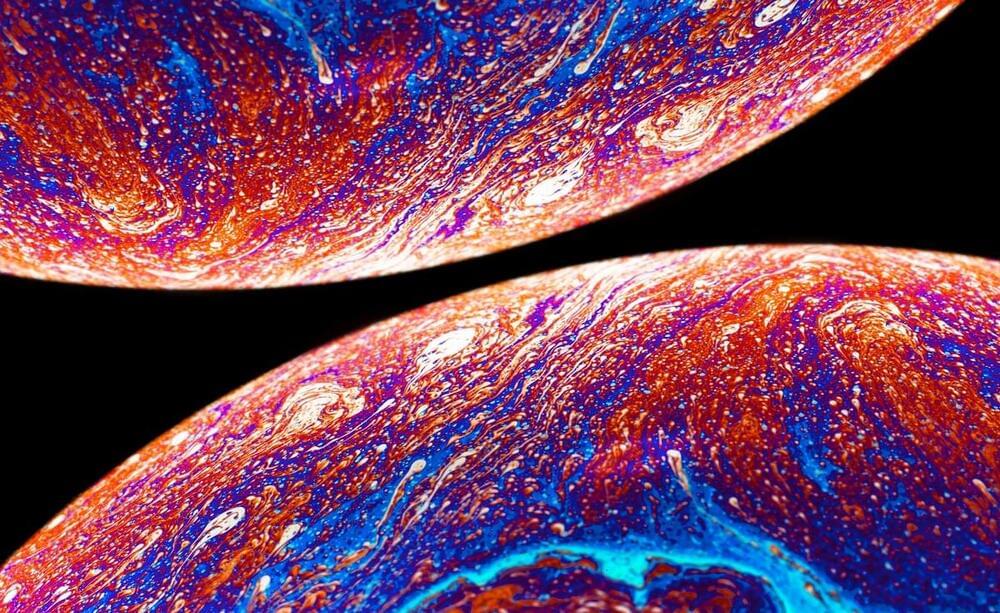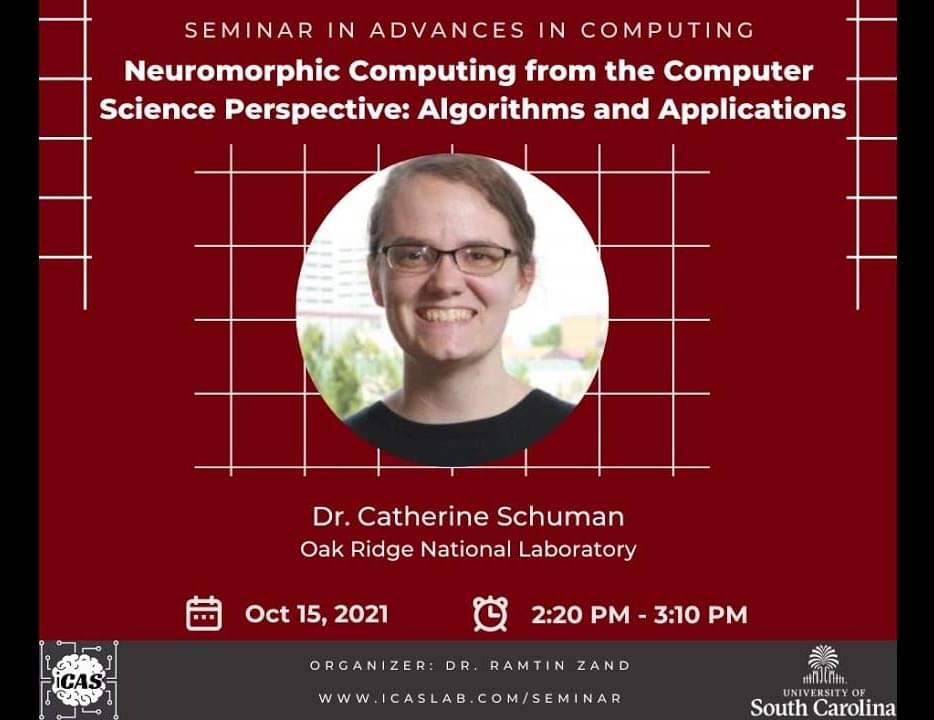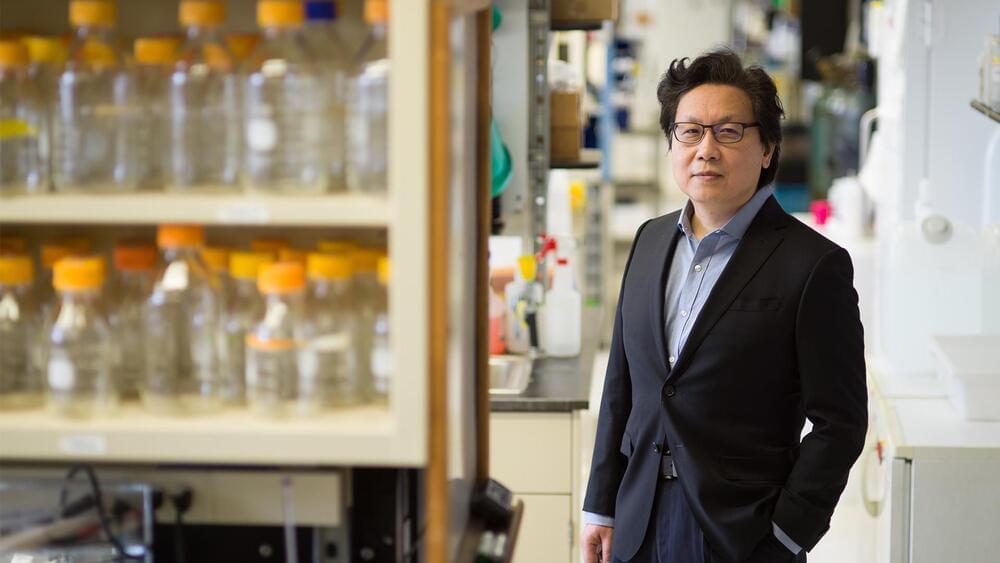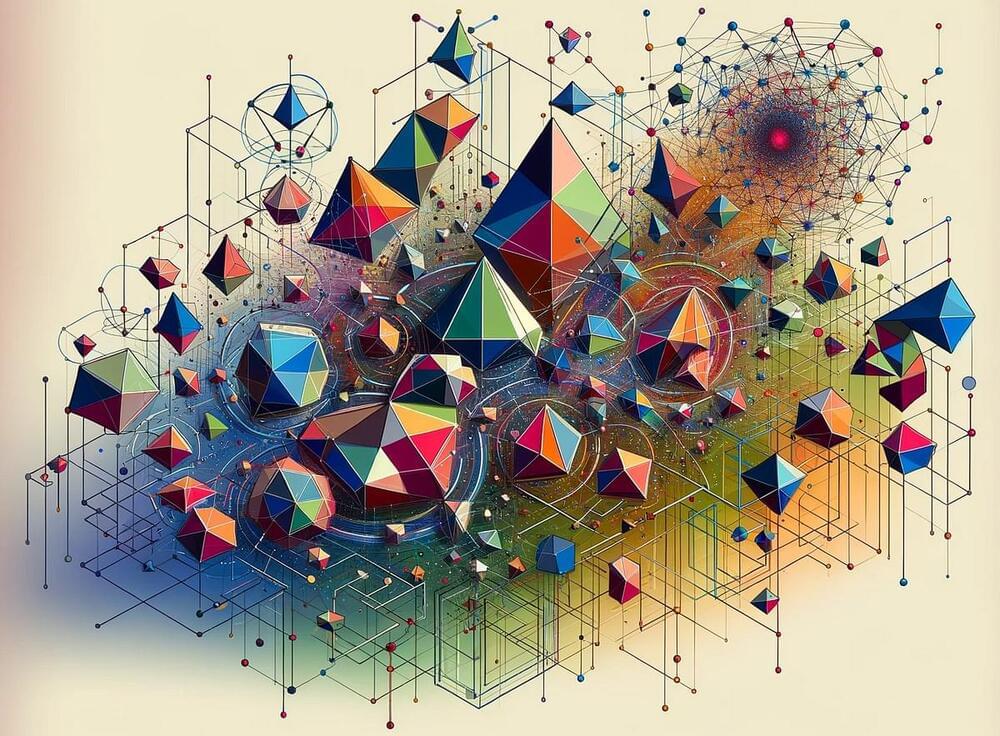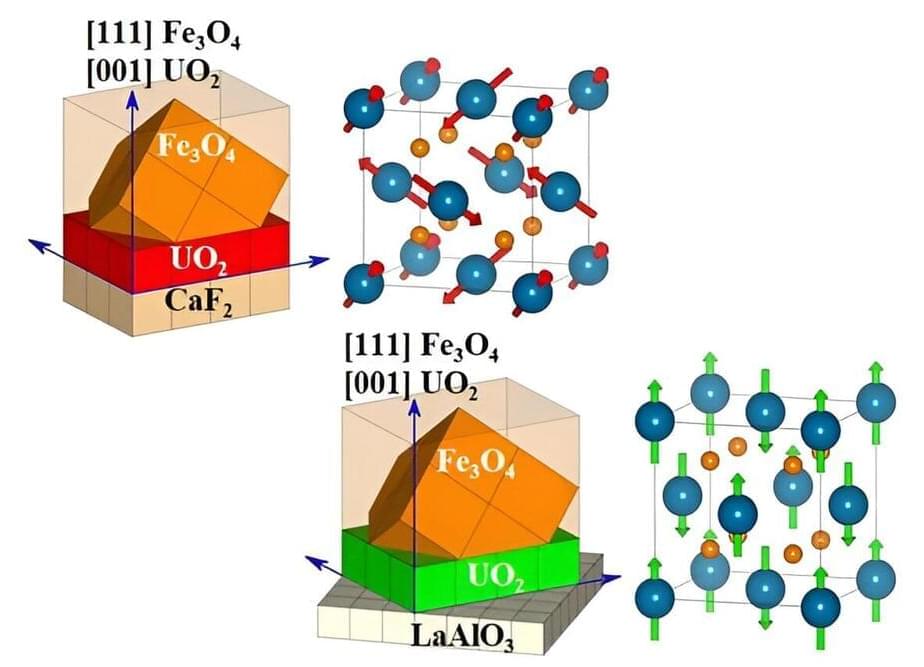
Electronics are based on electrical charges being transported from one place to another. Electrons move, current flows, and signals are transmitted by applying an electrical voltage. However, there is also another way to manipulate electronic currents and signals: using the properties of the spin—the intrinsic magnetic moment of the electron. This is called “spintronics,” and it has become an increasingly important field in contemporary electronic research.
An international research team involving TU Wien and the Czech Academy of Sciences has now achieved an important breakthrough. They have managed to switch the spins in an antiferromagnetic material using surface strain. This could lead to an important new line of research in electronic technologies. The research is published in the journal Advanced Functional Materials.
“There are different types of magnetism,” explains Sergii Khmelevskyi from the Vienna Scientific Cluster Research Center, TU Wien. “The best known is ferromagnetism. It occurs when the atomic spins in a material are all aligned in parallel. But there is also the opposite, antiferromagnetism. In an antiferromagnetic material, neighboring atoms always have opposite spins.” Their effects therefore cancel each other out and no magnetic force can be detected from the outside.

